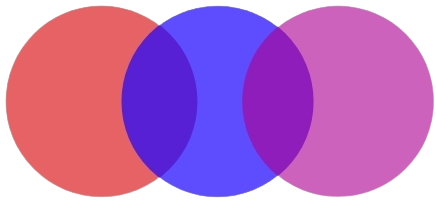What is the dynamic earth?
Dynamic Earth is an interactive Web site where students can learn about the structure of the earth, the movements of its tectonic plates, as well as the forces that create mountains, valleys, volcanoes, and earthquakes.
What are three 3 geologic phenomena that are caused by the slipping sliding and colliding of tectonic plates?
Many of the most dramatic geological phenomena we experience on Earth — volcanic eruptions, earthquakes, tsunamis, and more — are caused by the slipping, sliding, and colliding of tectonic plates.
What did geologist study in the early 1900 to learn more about the earth’s layers?
In the early part of the 20th century, geologists studied the vibrations (seismic waves) generated by earthquakes to learn more about the structure of the earth’s interior. They discovered that it is made up of these distinct layers: the crust, the mantle, and the core.
Where are transform boundaries on Earth?
Transform boundaries Most transform faults are found on the ocean floor. They commonly offset the active spreading ridges, producing zig-zag plate margins, and are generally defined by shallow earthquakes. However, a few occur on land, for example the San Andreas fault zone in California.
Why is the earth dynamic?
Earth is called a dynamic planet because there are lot of things happing inside and on the earth . It has an atmosphere that is always changing and cause weather. we have a geologically active core which causes volcanoes and we have geologically active plates that causes earthquakes among other things.
What is Dynamic Earth before?
Dynamic Earth (originally known as Our Dynamic Earth) is a not-for-profit visitor attraction and science centre in Edinburgh and is Scotland’s largest interactive visitor attraction….Dynamic Earth (Edinburgh)
| Former name | Our Dynamic Earth |
| Established | 1999 |
| Location | Edinburgh, Scotland |
| Type | Science Centre |
| Director | Hermione Cockburn |
What do scientists think causes the movement of earth’s plates?
The plates can be thought of like pieces of a cracked shell that rest on the hot, molten rock of Earth’s mantle and fit snugly against one another. The heat from radioactive processes within the planet’s interior causes the plates to move, sometimes toward and sometimes away from each other.
What happens when two oceanic plates slide past each other?
When oceanic or continental plates slide past each other in opposite directions, or move in the same direction but at different speeds, a transform fault boundary is formed. No new crust is created or subducted, and no volcanoes form, but earthquakes occur along the fault.
What do geologists study?
Simply, geology is the study of the Earth. Generally, geologists study how the Earth works, both today and in the past. We like to think of geology as the ‘liberal arts’ of the sciences. That’s because geology takes ideas from math, physics, chemistry, and biology and applies them to the Earth.
How do transform boundaries affect the earth?
The grinding action between the plates at a transform plate boundary results in shallow earthquakes, large lateral displacement of rock, and a broad zone of crustal deformation. Perhaps nowhere on Earth is such a landscape more dramatically displayed than along the San Andreas Fault in western California.
What role do transform boundaries play?
What role do transform boundaries play? Transform boundaries connect other segments of plate boundaries. Transform boundaries connect segments of mid-ocean ridges.
What is interactive dynamic Earth?
About this Interactive Dynamic Earth is an interactive Web site where students can learn about the structure of the earth, the movements of its tectonic plates, as well as the forces that create mountains, valleys, volcanoes, and earthquakes.
What are the inter interactives of the Earth?
Interactives . Dynamic Earth . Plates & Boundaries The earth’s continents are constantly moving due to the motions of the tectonic plates. Closely examine the map below, which shows the 15 major tectonic plates. As you can see, some of the plates contain continents and others are mostly under the ocean.
What can you learn from the interior of the Earth?
Delve into the earth’s interior, learn about its tectonic plates and their movements, and discover how mountains, volcanoes, and earthquakes are formed. Start your exploration with Earth’s Structure.
How is the Earth’s history similar to its present day?
The earth processes we see today, including erosion, movement of lithospheric plates, and changes in atmospheric composition, are similar to those that occurred in the past. Earth’s history is also influenced by occasional catastrophes, such as the impact of an asteroid or comet. Identify the different components of earth’s structure.
